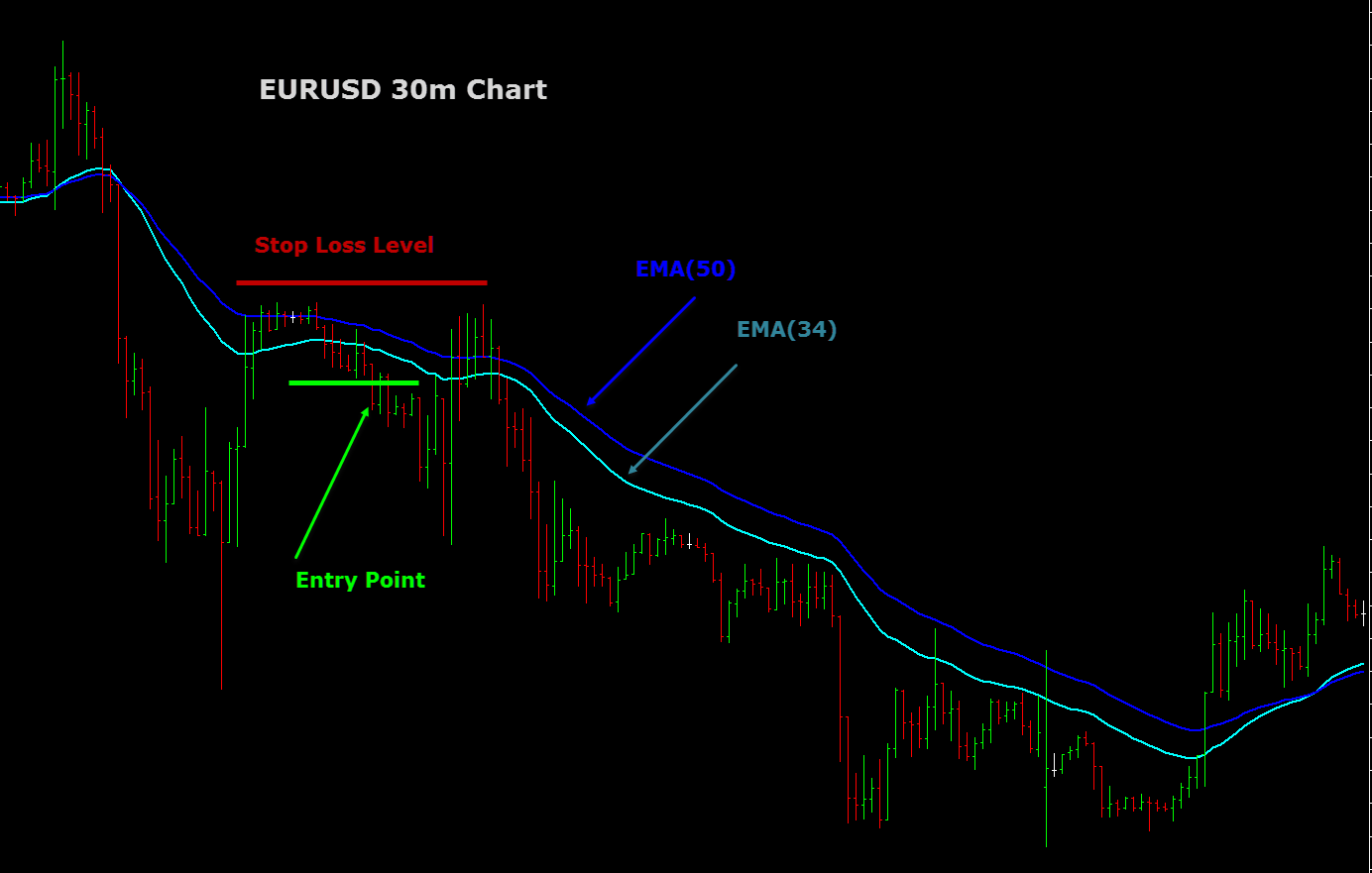
Fortunately, most trading platforms will be able to do these calculations for you almost instantaneously. In doing this, traders can use EMAs to smooth the previous price data in the hopes of identifying and exploiting an ongoing trend.Īs you can imagine, performing the exponential moving average formula with a large data set would be incredibly time consuming.

The calculation discounts the weight of older valuations by a factor of (1-α) per period. The table also includes a column showing the SMA values for the sake of comparison. The table below shows the values involved in calculating the 8-day exponential moving average.
Ema trading strategy how to#
Now we know where to start, let’s look at how to calculate an 8-day EMA from some sample values. Therefore, our starting point in the calculation of the exponential moving average is actually a simple moving average. For this first value, we use a simple moving average, by finding the mean average of the previous ‘n’ values. The Exponential Moving Average CalculationĪs mentioned earlier, in the calculation of the exponential moving average, we need a ‘Day 1’ value to start with. The best way to illustrate the process of how to calculate the exponential moving average is to do so with an example. The first of these is to obtain a starting point for our exponential moving average calculation, secondly, we need to determine our smoothing constant. In other words, there are some other steps involved. For a daily EMA, we derive the current value from the prior day's EMA, which in turn we derive from the day before that, and so on. You can see from the initial formula that calculating the EMA for a given point in time requires us to know the EMAs for previous periods. To properly understand what is going on, we need to take a look at the maths behind the exponential moving average calculation. It is difficult to provide a fully satisfactory EMA indicator meaning without getting into the specifics of how to calculate the exponential moving average formula.Ī basic exponential moving average definition is: a smoothing technique arrived at by adding a portion of the current price, to a portion of the value of the previous moving average. The most recent prices are assigned greater weighting, and this decreases exponentially as we move further back in time. This is the way in which the exponential moving average indicator is calculated. However, other types of moving averages assign a different weighting to each price value, favouring recent prices more heavily than older prices. The most straightforward is the Simple Moving Average (SMA), which considers all price values equally and takes a mean average. But there is more than one way to calculate the average and, consequently, there are several different types of moving average indicators.

The indicator does this by looking back at a number of historical data points and then calculating an average of the values. We use moving averages to smooth out variations in data, in order to better discern the underlying trend. The moving average indicator is an essential tool for identifying trends.



 0 kommentar(er)
0 kommentar(er)
